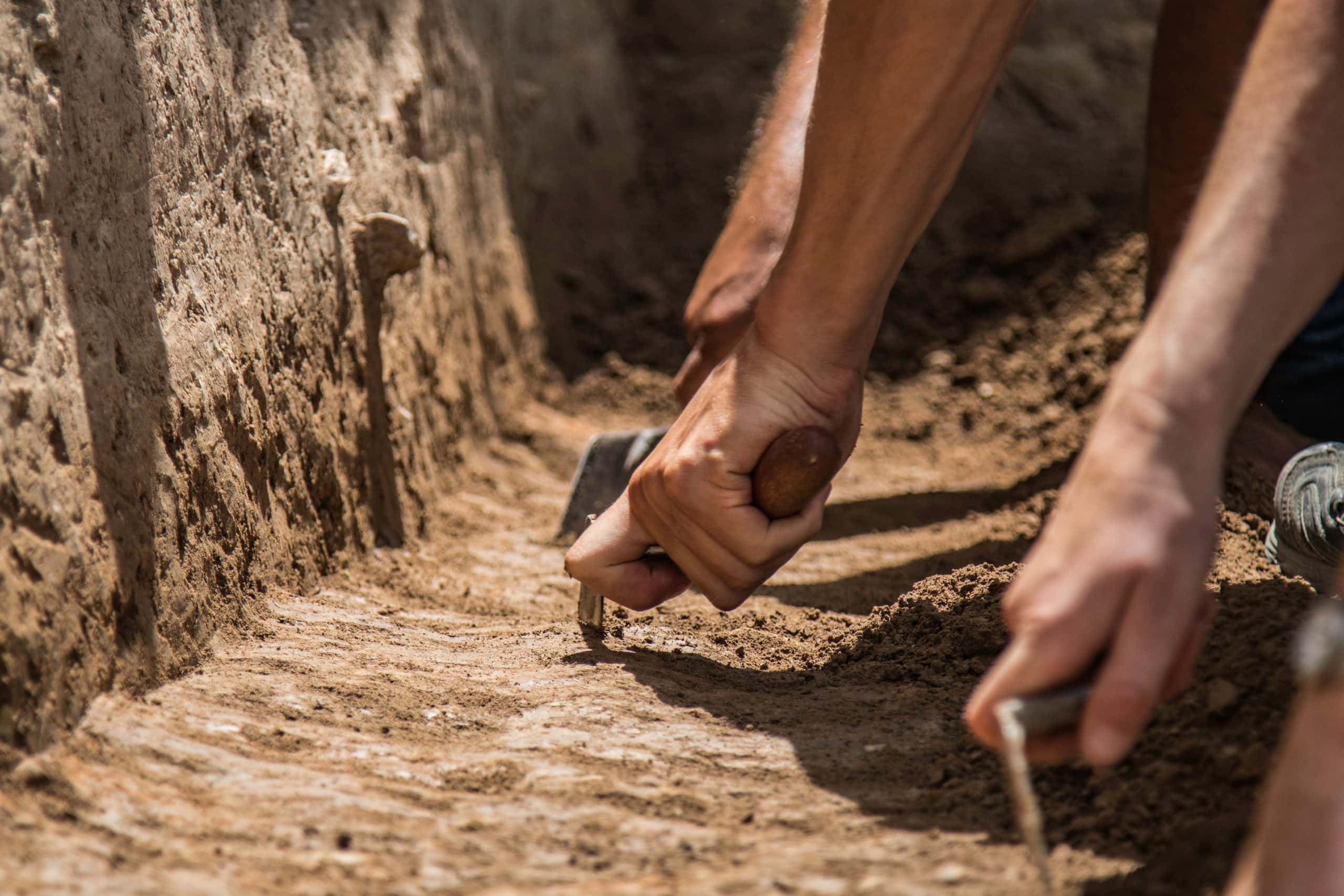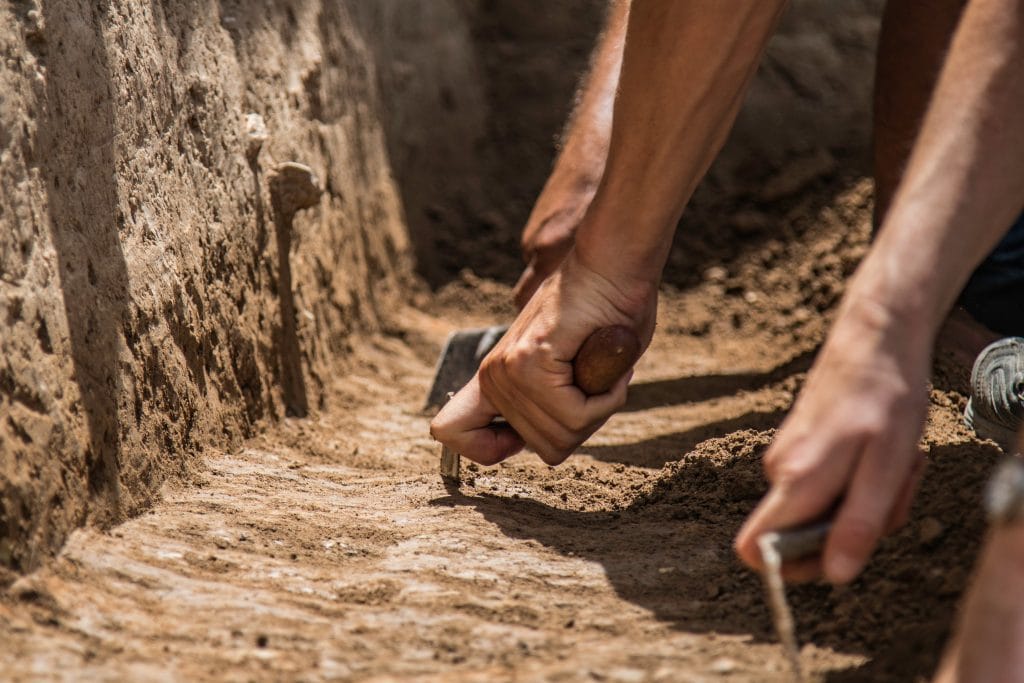Brush up on your fun facts with our quick guide to Islington through history...

The Business Design Centre proudly sits in the borough of Islington. You may know the area for its liveliness, quaint Victorian streets and all of the wonderful things that it has to offer. You may also know a bit about the history of the BDC and how part of the building incorporates the old Royal Agricultural Hall. But how much do you know about Islington history? We have compiled a list of five interesting, historical facts about the area!
Islington’s Name
To begin with the history of Islington, it is interesting to first understand where the name of the borough came from. The area is thought to have been settled by the Saxons but it is possible that there was a previous settlement here that was destroyed or disrupted due to later industrial developments.
It was originally named ‘Giseldone’ in 1005 by the Saxons, which then adapted to Gisladune in 1062. The name roughly translates to ‘Gisla’s Hill’. Over the years, the borough’s name gradually morphed into Iseldone until the 17th century, when the name ‘Islington’ came to be.

Flint Artefacts
Islington is located between two areas of worked flint tools – Bloomsbury and Stoke Newington. Many flint artefacts have been found in gravel deposits across the entirety of Islington. Found on both Seven Sisters Road and Rosebury Avenue were two axes dating back to the Bronze Age. Representing the Iron Age, various flint artefacts were also found in Clerkenwell. These findings are evidence that the area contained settlements during the prehistoric period.
Appearance in the Domesday Book
The Domesday Book is a historical record that was written in 1086. It is the UK’s earliest public record and its name is still recognised by many people in the country. It contains information about rights to land, obligations to taxes, and military services.
How does this relate to Islington? Interestingly enough, the borough appears in the Domesday Book, referred to as ‘Iseldone’. It was reported that Iseldone contained 27 households roughly 1,000 years ago, compared to the Islington population of almost 250,000 today. The book also mentions Tolentone Manor, which used to be located next to Tollington Lane (now known as Hornsey Road).
Archaeological Sites

There are a number of archaeological sites around Islington such as the Canonbury Manor House, Post-Mediaeval Cemeteries, and the Civil War Defences. The most important ones are three religious houses located in the area, as well as the Black Death burial grounds in Clerkenwell. These main archaeological sites are rated an Archaeological Priority Area (APA) tier 1, which represents their historical significance.
King’s Head Theatre and Pub
The second oldest pub theatre in the UK is located in Islington. The King’s Head is a pub with a small theatre located in the back. The pub has been in the same location since 1543. In 1970, a man named Dan Crawford founded the theatre.
Some well-recognised names made their appearance on the stage at the beginning of their career. Dawn French, Hugh Grant, and others are just a few big names to have graced the stage here. The theatre is known as a location for new, budding talent, while shows range anywhere from comedies to musicals. Visitors can also find classic British food and a refreshing selection of local ales in the pub.

Water Supply
Islington was one of the first boroughs in the city of London to receive fresh water via a 40 mile canal. The canal was built in the early 17th century because the traditional water sources were not able to supply enough fresh water to the growing population. The canal brought water from the River Lea, running from Hertfordshire to New River Head.
In 1613, the construction finished and the canal was opened. Sir Hugh Myddelton was the head of construction on the project, which you may recognise if you frequently walk where Upper Street and Essex Road meet. Located at the corner where the two roads meet, is a statue of Sir Hugh Myddelton, commemorating the role he played in his community.
As you are on your lunch break or commuting to/from the Business Design Centre, you may start to recognise some of these fascinating features of Islington history. To learn more about having your office at the BDC or for any other inquiries, we would love to hear from you!


